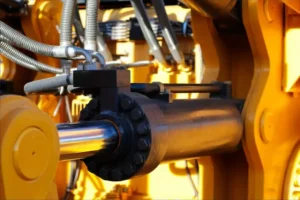(1) ปริมาณก๊าซต่ำในเหล็กถลุง.
The high viscosity and low permeability of the acid slag result in excellent isolation from the atmosphere. ผลที่ตามมา, the amount of hydrogen and nitrogen absorbed by the molten steel from the atmosphere is minimal.
(2) Few brittle inclusions in steel, high purity.
The inclusions in acid crucible steel are primarily silicate-based, with almost no alumina-based inclusions. The former has a low melting point, making it easy to aggregate and float, facilitating their removal during smelting. Consequently, acid crucible steel exhibits high purity.
(3) Good fluidity of molten steel.
Due to the low presence of silicate inclusions and rare high-melting-point inclusions, coupled with higher silicon content in the smelted steel, the molten steel has excellent fluidity. ดังนั้น, acid crucible steel is suitable for the production of cast steel components.
(4) Minimal loss of alloying elements in steel.
The good isolation effect of acid slag and the low activity of FeO in slag result in minimal oxidation loss of alloying elements. The acid crucible melting method is suitable for recycling and reclaiming alloying elements.
(5) Long lifespan of acid crucible.
In acid smelting, the lower temperature of the molten steel, poor slag fluidity, and weak erosion of the crucible contribute to a longer lifespan compared to alkaline crucibles. This reduces crucible material consumption, saves production time, and lowers costs.
(6) High electric efficiency and low specific power consumption of acid crucible.
The electrical resistance of acid crucible materials like quartz sand is lower than that of alkaline crucible materials like magnesia sand. Consequently, acid crucibles exhibit lower electrical losses, higher electrical efficiency, and lower specific power consumption.







